In this excerpt, Solís discusses the ritual process that Celedonio used to prepared to “transform” into the Major Devil character.
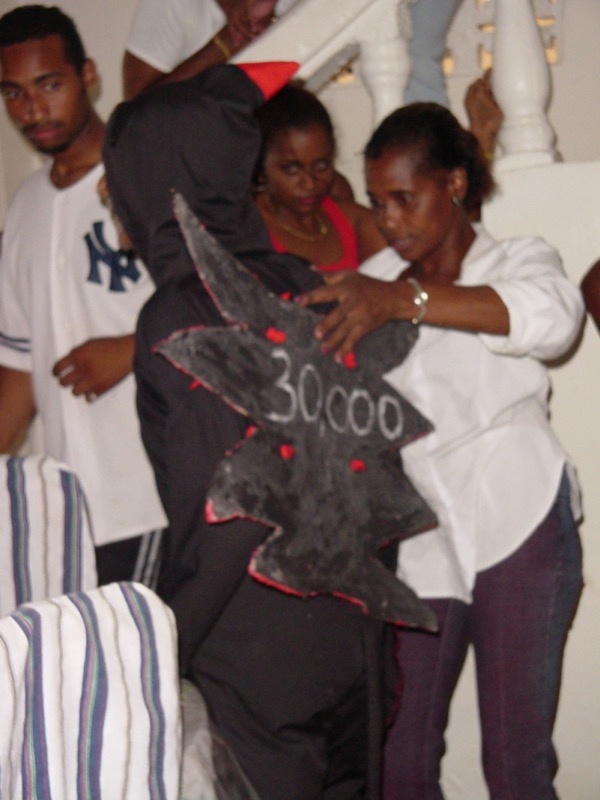


In this excerpt, Solís discusses the ritual process that Celedonio used to prepared to “transform” into the Major Devil character.
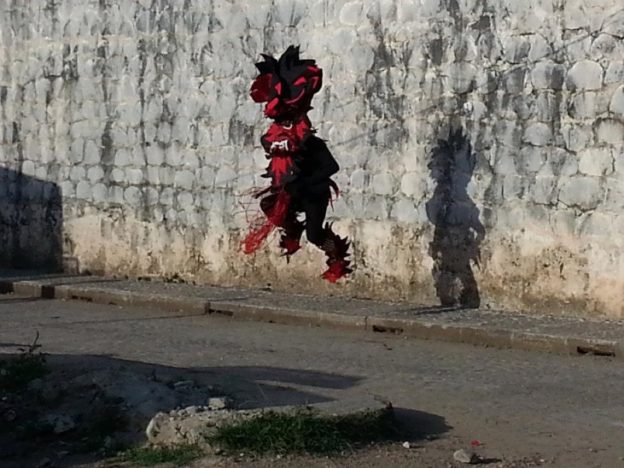
In this excerpt, Solís discusses the relationship between the economy and the increasingly violent ways in which younger generations of devils within Congo traditions of Panama embody the character.

In this excerpt, Ileana discusses the unique energy and magnetism that made Celedonio Molinar’s embodiment of the devil character within the Congo tradition of Portobelo, Panama so special.

In this excerpt, Molinar discusses how he came to play the role of Major Devil in Portobelo. And how he reintroduced the practice of “Blessing” or “Baptizing” the Devil.
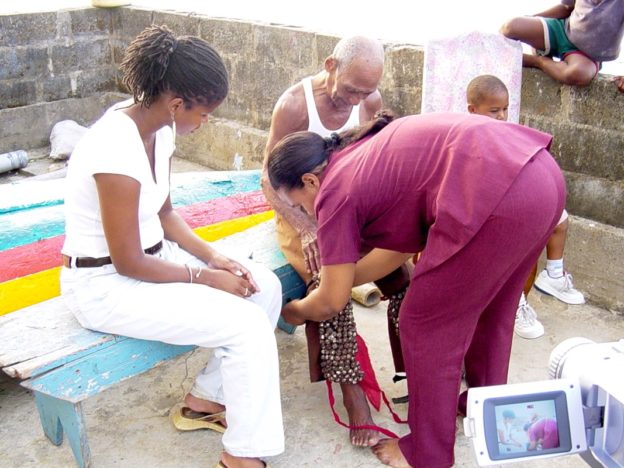
In this excerpt, Molinar discusses how he learned the role of Major Devil and the tradition of “Blessing the Devil” from a Portobelo native named Viudo Ceballos who had moved to Nombre de Dios. He also describes the way the devil tradition was practiced in Portobelo when he arrived there in 1945.
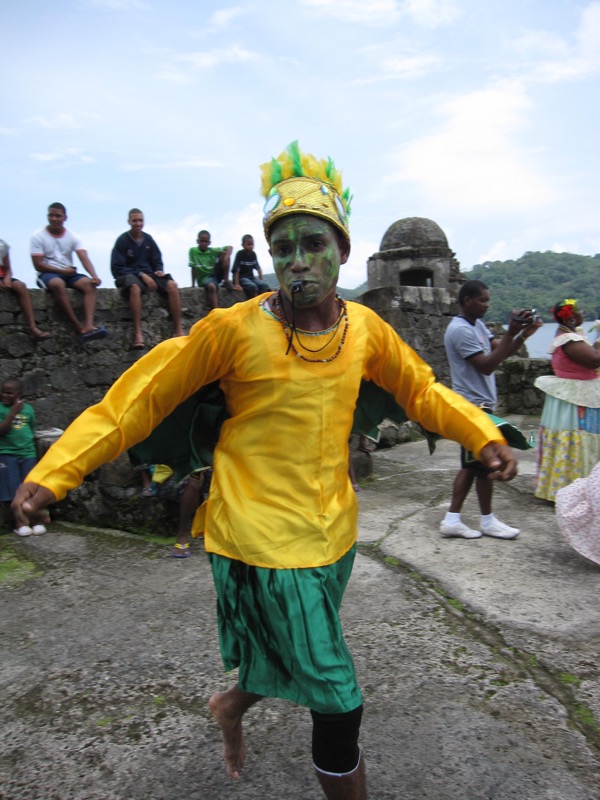
In this brief excerpt, Esquina discusses the significance of the Congo game and Congo dance including how prominently performing as a primary singer has figured into her life.

In this excerpt, Jiménez discusses how he began to play the devil character in the Congo tradition.

In this excerpt, Esquina discusses her pride for the Congo tradition and its importance to the towns of Panama’s upper coast.
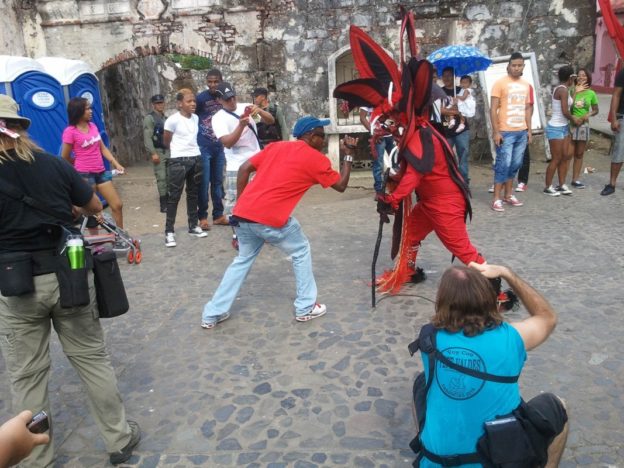
In this excerpt, Jiménez discusses his interpretation of how one is selected to play the role of Major Devil in the Congo tradition of Portobelo, Panama.
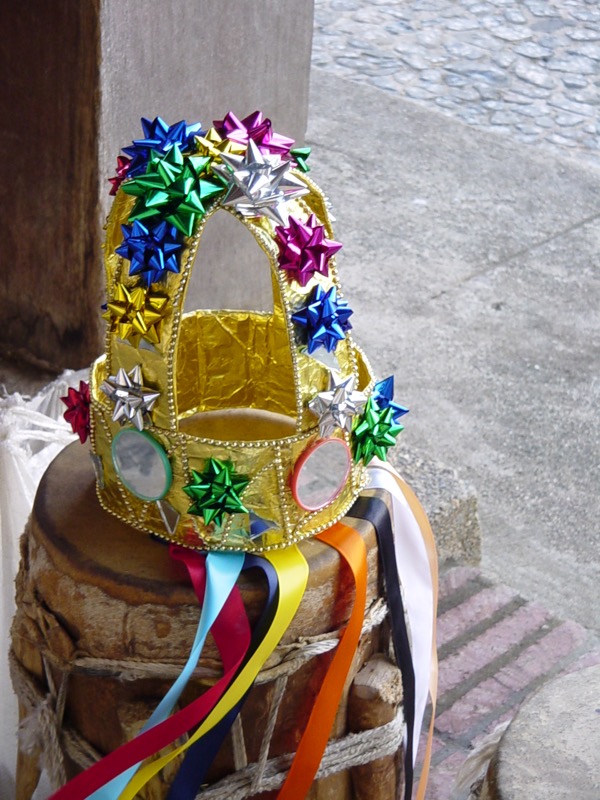
In this excerpt, Esquina discusses the changes she has seen in the Congo tradition over the course of her lifetime. Specifically, she talks about changes that she has witnessed in ways in which younger practitioners who perform the role of devil in other communities sometimes put razor blades in their whips, which violates the nature of the game.